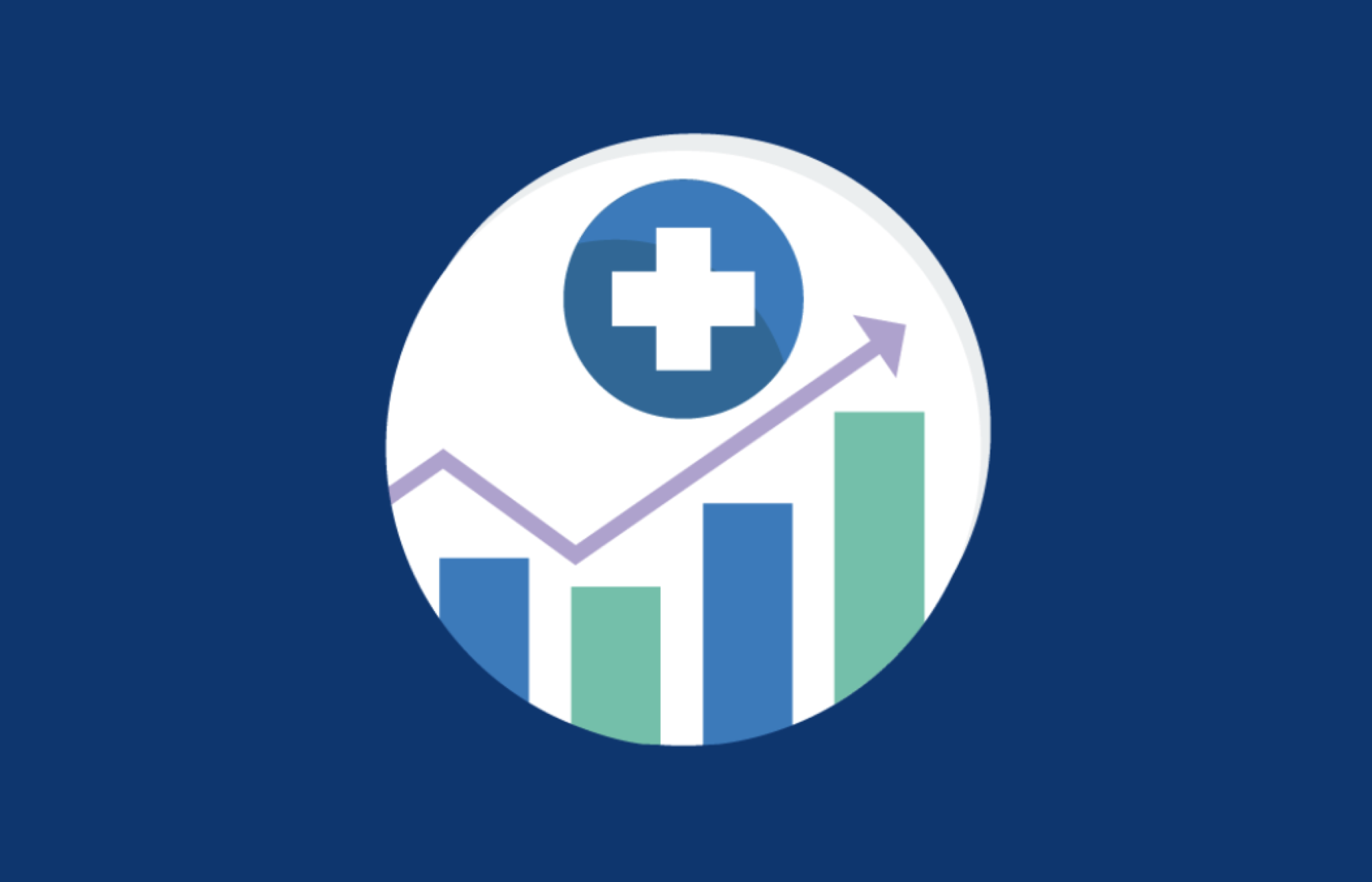Today’s healthcare marketing is fast-paced and growing in complexity. With algorithms to contend with, numerous online and offline channels, and industry rules and regulations, it’s a challenging landscape. But it’s also as important as ever to build relationships and provide information to the community. We’ve created this guide to help keep you informed of what’s happening in healthcare marketing and how you can improve your results.
Digital Marketing Trends in Healthcare
Currently, healthcare marketing is undergoing changes with a shift toward more digital efforts. Patient expectations and social media have helped blur the lines between conversations that used to only happen in practitioners' offices and interactions patients can have from home or almost anywhere. Health information, referrals, appointments, and communications that used to happen in official healthcare environments now happen online, engaging with patients wherever they may be. Some of the trends that play a part in that include:
- Online reviews: Patients are putting a lot of weight into feedback they find online. Over 70% of those looking for a provider read consumer reviews.
- Google: They’re researching online too—Google is the top resource for patients seeking healthcare locations and providers.
- Social engagement: Providers are increasing their presence on social platforms. This allows providers to gain more insights into patient activity and more opportunity to add contacts from calls, messages, and form submissions.
- Multichannel marketing: Websites, emails, online ads, and social media allow marketers to learn more about patients but also cause campaigns to be more complex.
- Video: Video is playing a bigger role in marketing. Video testimonials of real patients can be especially powerful. Given the success of video on social channels, video plays an important part in modern marketing and advertising campaigns.
Technology Continues to Improve
The pandemic forced organizations of all types into undergoing digital transformation. But it’s been especially impactful in healthcare by enabling telehealth, online appointment setting, and improving patient communication.
The right tools and platforms, like call and form tracking, lets marketers see which campaigns are working and gives them insight into a prospect’s journey. Solutions like CallRail's call tracking provide analytics and call metrics to improve ROI while maintaining HIPAA compliance.
Data & Privacy Restrictions Are Making Advertising Harder
Compliance always makes marketing more challenging, but recent changes make it even harder. In addition to existing HIPAA requirements, marketers have to contend with Google’s plan to eliminate third-party browser cookies, as well as Apple’s updated data collection policy. That policy lets users opt out of sharing their data and curbs advertisers’ ability to track user activity—all of which has already cost companies billions of dollars.
Marketers must now think of other ways to connect with and learn about patients and clients. One way to do this is to build your own network and community, particularly through your website, where you control more of the data.
Patients care about website experience more than ever
The pandemic didn’t just force organizations to change—it pushed more people into adapting to digital experiences. They found ways to get information online and do more activities virtually.
Patients saw advantages to not only telehealth, but interacting online—from social media to provider websites. There they can make set appointments, get test results, consume content, and message providers. Whether they’re a patient or simply searching for information, they may very well end up at your website.
Digital Marketing Strategies in 2022 for Healthcare Providers
Healthcare marketers are planning to increase their SEO (search engine optimization) and content creation efforts, and 49% are increasing their 2022 budgets. Consumers are on the same page with the increased digitization of communication, with 76% saying they’re satisfied getting provider messages by text.
Do digital ads work in healthcare marketing?
More than a third (34%) of healthcare marketers say PPC is their “most effective” strategy. It was a close second to SEO, which was deemed most effective by 37%.
- Paid search advertising: Search engines allow advertisers to pay for their ads to appear at the top of search results.
- Search engine optimization: This approach uses keywords and other methods to organically attract traffic to your website.
- Social media marketing: You can create organic or paid posts for social media platforms where your prospects spend their time.
- Content marketing: Creating and distributing informative content that is of interest to your prospects.
- Social proof marketing: This is marketing that validates a product or service through the experiences of real customers. This includes reviews, testimonials, influencers, and case studies.
- Customer referrals: Customer referrals are effective in healthcare because patients trust word-of-mouth recommendations. Some providers build a referral program to encourage and even reward referrals.
Building in-house vs hiring an agency
Creating an in-house healthcare marketing team
A healthcare marketing team would ideally be composed of a lot of different types of marketing experts including content creators (writers, designers, videographers, photographers), digital and paid professionals, SEO managers, social media managers, media buyers, and analytics specialists. That’s not always realistic, so some team members may own multiple areas of expertise and some areas may be outsourced. It’s important that whoever leads your in-house marketing has knowledge and appreciation of analytics and lead generation. They should also be adept at learning marketing tools.
How to select a healthcare marketing agency
Choosing a healthcare marketing agency can be challenging. It may take time for those outside of your organization to get up to speed on your services and policies—that’s why it’s best to make the right choice from the get-go. Some things to consider when looking for an agency include:
- Reviews
- Testimonials
- Samples
- Healthcare expertise
They should be able to share information with you about the marketing results their other clients have seen.
How to track the success of your marketing campaigns
There are a lot of ways to spend your marketing budget, so it’s important to make educated decisions. Start by evaluating the success—or lack thereof—of your current efforts. Here’s how:
- Set up source-level tracking. This helps you see which channels and campaigns are working and lets you maximize your marketing ROI.
- Keep an eye on analytics. In healthcare marketing analytics you need to keep an eye on data like source attribution (including multitouch), acquisition cost, patient retention rate, satisfaction rate, site traffic by keyword, site conversions, patient lifetime value, and ad analytics (including clicks, cost, conversions, etc.).
- Use visitor-level tracking. This helps you learn more about patients and their activity on your site, social platforms, chats, and more.
Call Tracking by CallRail can help you learn more about how patients are finding your organization while still meeting important privacy requirements. CallRail’s HIPAA-compliant call and form tracking includes enhanced security and a business associate agreement (BAA).
Try call tracking to see how it can help you improve your healthcare marketing and capture more leads. Sign up for your free trial of CallRail.









